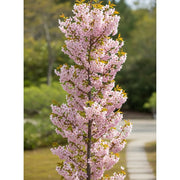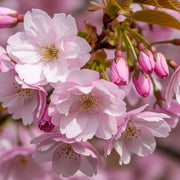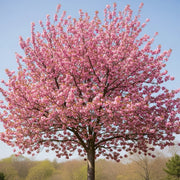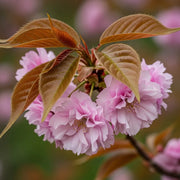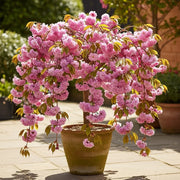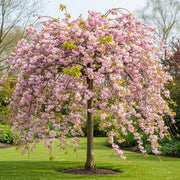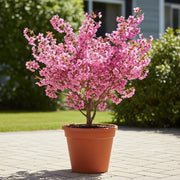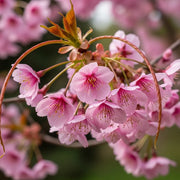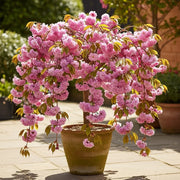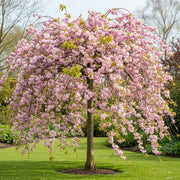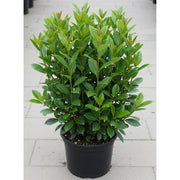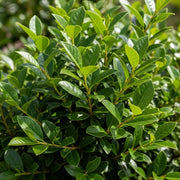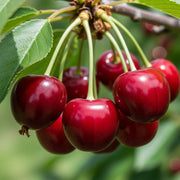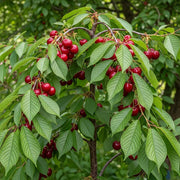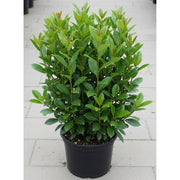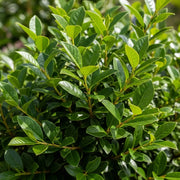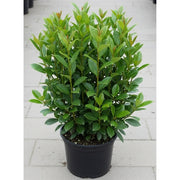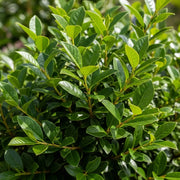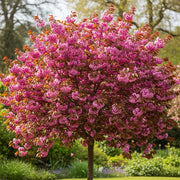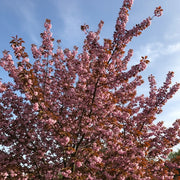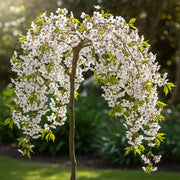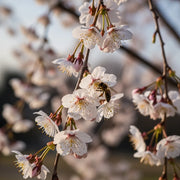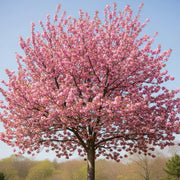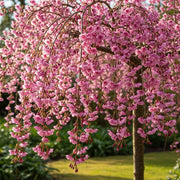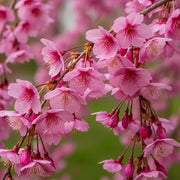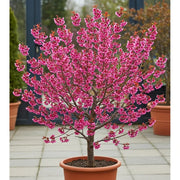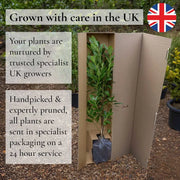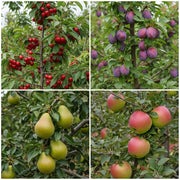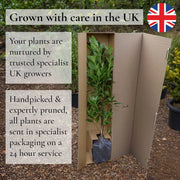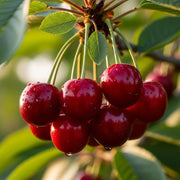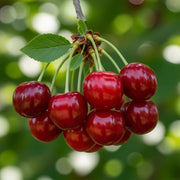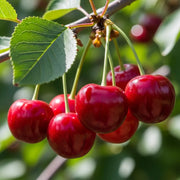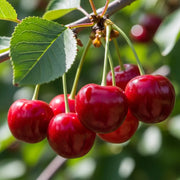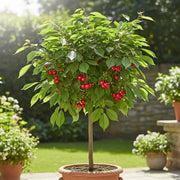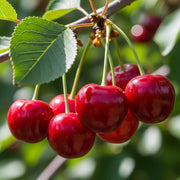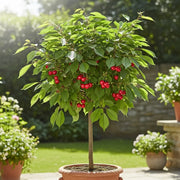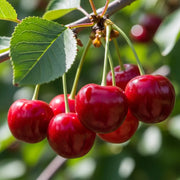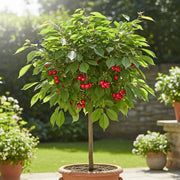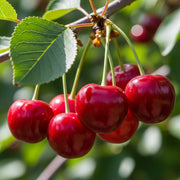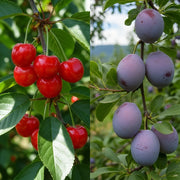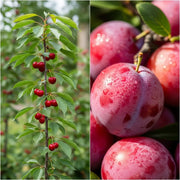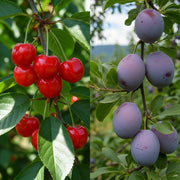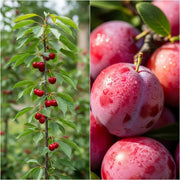There are two main types of cherry trees – blossoming (ornamental) varieties, which are grown for their stunning spring flowers, and fruiting varieties, which produce sweet or sour cherries to enjoy in summer.
No, ornamental cherry trees are grown mainly for their flowers and rarely produce edible fruit. Fruiting cherry varieties, such as sweet cherries or sour cherries, are specifically bred for their crops.
Choosing the right planter size is important for plant health. Generally, you’ll want a planter that’s 1–2 inches larger in diameter than your plant’s root ball for smaller plants, and 2–4 inches larger for larger plants. This provides enough room for growth without too much excess soil.
Yes, compact or dwarf cherry tree varieties grow very well in large planters, making them ideal for patios, balconies, and smaller gardens.
Yes, cherry trees are relatively easy to grow. They prefer a sunny, sheltered position and well-drained soil. With minimal care, they provide either spectacular blossom or generous crops of fruit.
You can order potted trees anytime, but for bare root options are only available from late autumn to late spring. It's always best to plant in colder months as this will allow the tree to fully develop its root system before the summer heat, but this is not mandatory for potted trees.
The best fruit tree for your garden depends on both your local climate and soil conditions. In cooler UK regions, hardy fruit trees like apples, pears, and plums perform well, while warmer, sheltered spots can support peaches, apricots, or figs.
Soil type also matters: apples and pears thrive in loamy or clay soils, cherries prefer free-draining ground, and figs do best in sandy or well-drained soil.
The good news is that if you opt to plant your fruit tree in a planter, you can have more control over the soil type and even the climate as the tree can be easily moved after planting.
We offer a range of rootstocks, depending on the species and variety. Check the product pages for more details.
This depends on the variety, rootstock, soil type, sunlight hours and watering frequency. Please check the product descriptions on the individual pages for more details on the first two factors and our blogs for how best to care for your tree to maximise yield.
This largely depends on the pot size as this determines how mature the root structure is - though it also depends on variety and rootstock. Check the product pages for more details.
